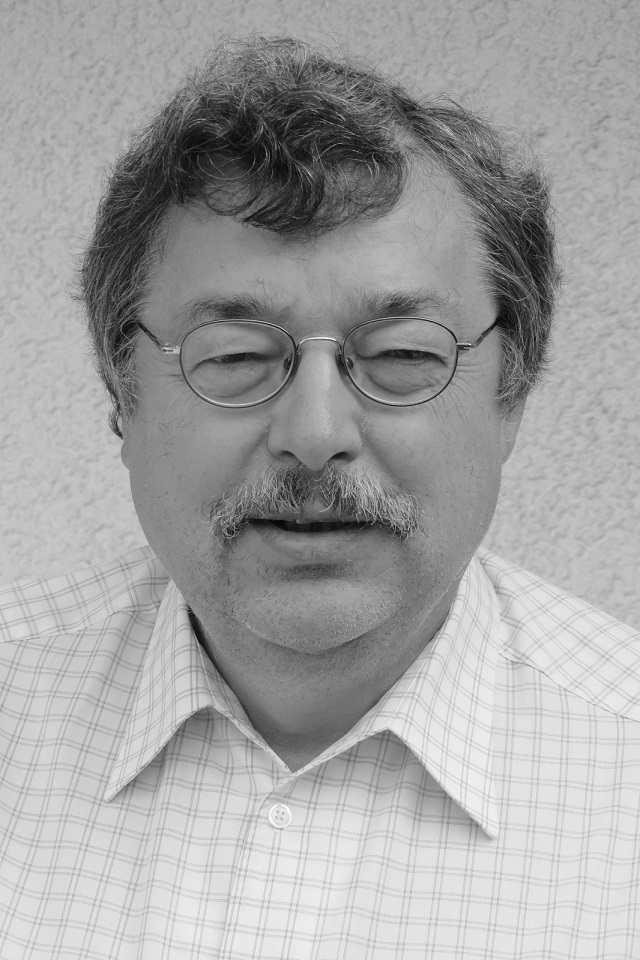For an effective conversion of solar energy to a chemical fuel a lot of different materials as well as device structures have been suggested but only very few provide technological competitive conversion efficiencies. Limitations and loss processes can be deduced from a detailed consideration of the involved photovoltaic and electrochemical elementary steps. Optimized performance can only be reached when the photovoltaic and electrolytic boundary conditions of integrated systems are comparable to those of separated devices with no extra loss due to the coupling process. Large overvoltage losses observed in the CO2 reduction process suggest to concentrate on H2 formation for direct light conversion in a PEC device.
Feasible solutions seem to be possible for water splitting and H2-generation, as we will show with a number of investigations performed recently combining electrochemical investigations with surface science studies. Especially photoemission results on the demands on the bulk and surface electronic structure provide clear boundary conditions on the material’s and surface properties: i) the semiconductors must provide a wide splitting of quasi Fermi levels which will be provided by multi-junctions but hardly can be expected for low band gap oxides based on localized d electron states as e. g. hematite due to polaron formation. ii) the interaction of H2O and their intermediates directly onto the light energy converting junction must be avoided because of possibly formed surface states. As a consequence a buried junction is needed. iii) The interfaces between the semiconductor absorber material and the electrocatalyst must be prepared free of interfacial barriers which may lead to an additional loss of the photopotential across internal double layers.
In summary, we do believe that effective photoelectrochemical devices need the input of different disciplines and expertise ranging from solid state physics, surface science to electrochemistry. Based on an improved understanding of the correlation of material’s properties with the involved elementary steps promising advanced technological solutions seem possible.
